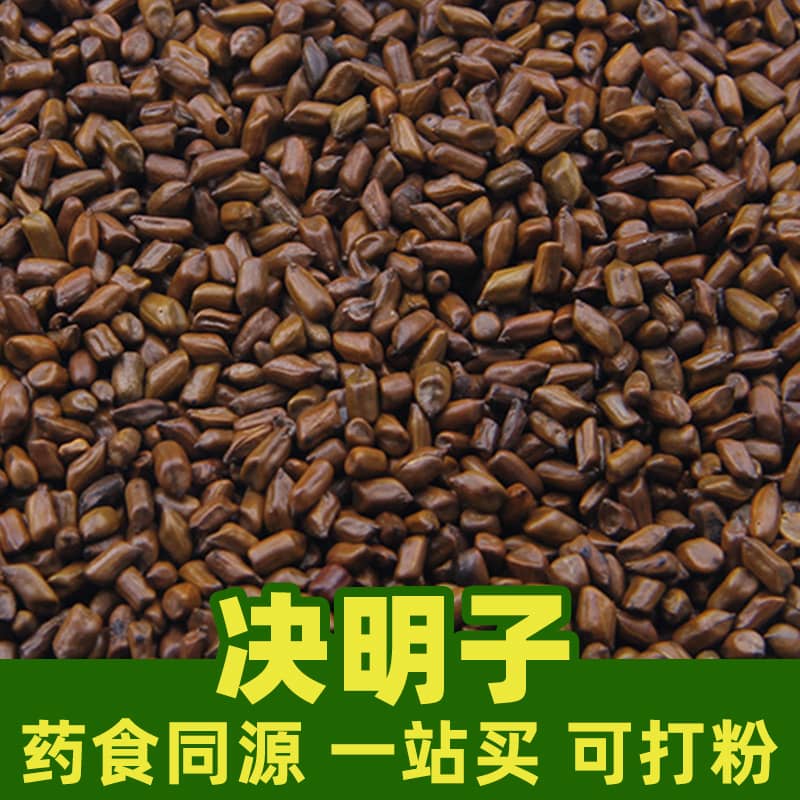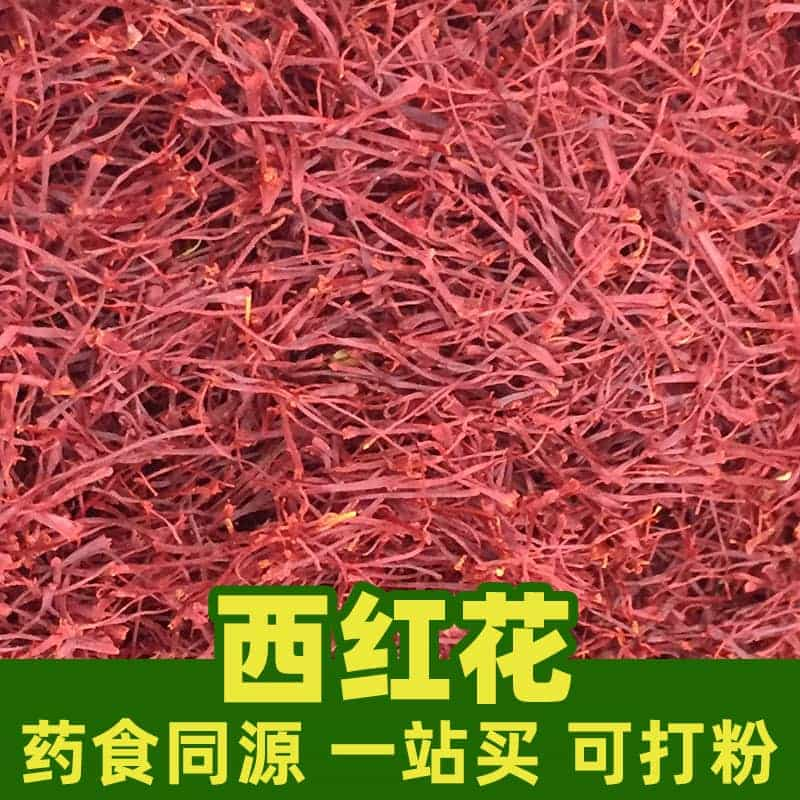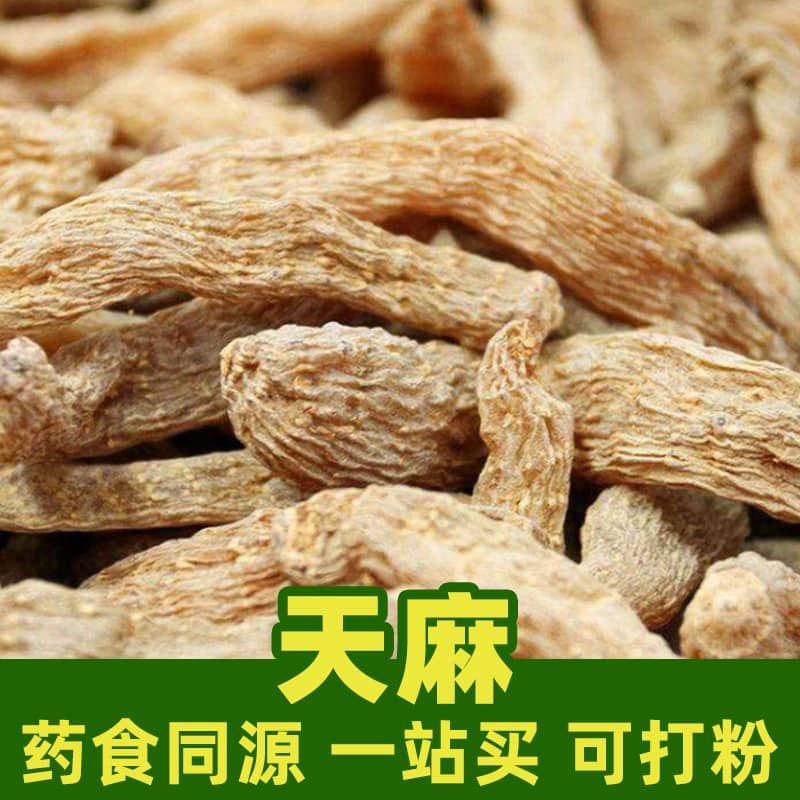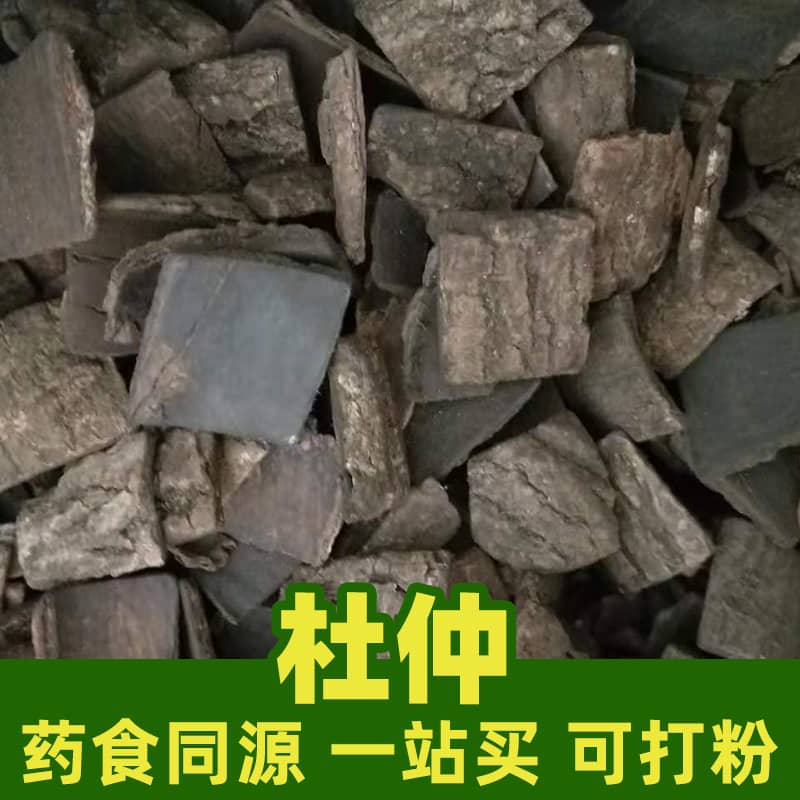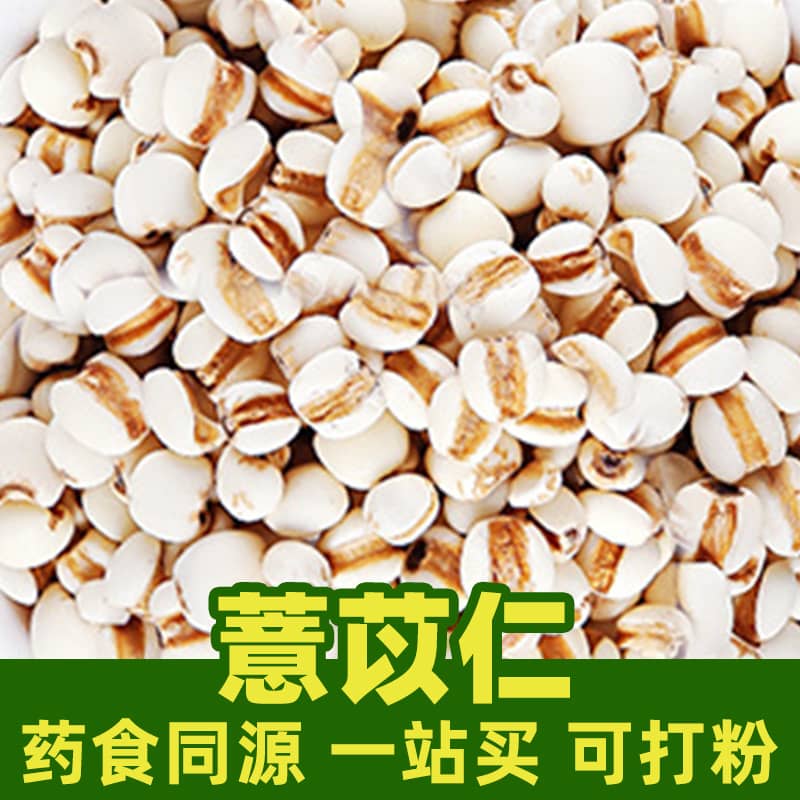Product Introduction
Astragalus, also known as Huangqi or Milk-vetch Root, is a perennial herb with a thick, elongated root that has a yellow skin and a solid interior. The compound leaves have oval leaflets, and its small flowers are reddish-purple or white, forming clusters. The fruit is a pod containing yellow-brown seeds.
Astragalus is rich in active components like flavonoids, saponins, and polysaccharides, along with trace elements and amino acids. It has a sweet taste, a neutral property, and primarily supports the spleen and lung meridians.
Astragalus is widely applied in traditional Chinese medicine and food. In traditional medicine, it’s used in formulas for enhancing energy, strengthening yang, and calming the spleen and stomach. Known for its benefits in tonifying qi and blood, boosting immunity, and strengthening the body, it’s often used during physical conditioning and recovery phases. In cooking, it’s used in medicinal dishes, offering nutritional and tonic effects.
Key Active Ingredients
The main active components of Astragalus include flavonoids, saponins, and polysaccharides. Flavonoids, one of its primary active compounds, have antioxidant, anti-inflammatory, and anti-tumor properties. Saponins aid in immune regulation, strengthen the body’s defenses, and help combat fatigue. Polysaccharides support the immune system and improve immunity.
Additionally, Astragalus contains trace elements (like zinc, iron, and calcium) and amino acids, contributing to health and physical function.
Application Scenarios and Usage Guidelines
Traditional Chinese Medicine Field
Astragalus is frequently included in herbal formulas to replenish energy, strengthen yang, and soothe the spleen and stomach. Specific usage and dosage should be determined by a physician or licensed herbalist.
Food Industry
Astragalus is commonly used in cooking and medicinal cuisine. Its nourishing properties add both nutrition and flavor to food. As an herb or seasoning, it can be added to soups, stews, and other dishes.
Plant Source, Distribution, and Growth Environment
Astragalus mainly grows in northern and northeastern China. It thrives on slopes, grasslands, and riverbanks, with high drought tolerance, favoring warm, sunny, well-drained conditions.
Astragalus adapts well and grows vigorously under favorable conditions, with the root being the main harvested part.
Harvesting, Processing, and Storage
Harvesting, processing, and storing Astragalus are key to preserving its quality and longevity.
Harvest Time:
Astragalus is generally harvested in spring and autumn. During its growth period, the root accumulates active compounds. Harvesting should target mature, high-quality plants.
Processing:
After harvesting, Astragalus roots typically require washing and processing. Rinse gently to remove soil and impurities, then air dry in a well-ventilated area or use appropriate drying equipment. Processed Astragalus has a longer shelf life and maintains quality.
Storage:
Store Astragalus in a cool, dry place, avoiding direct sunlight. For extended storage, sealed containers help preserve its quality and nutrients.
Monica Sun is a seasoned expert in the natural raw materials industry, with over a decade of experience specializing in traditional Chinese medicinal herbs, spices, and fungi. She is skilled in the sourcing, processing, and application of these materials, emphasizing sustainability and innovation. Monica Sun has contributed to the development of high-quality natural raw materials that serve as essential components in functional foods, pharmaceuticals, and cosmetics, delivering tailored solutions to meet diverse market needs.









